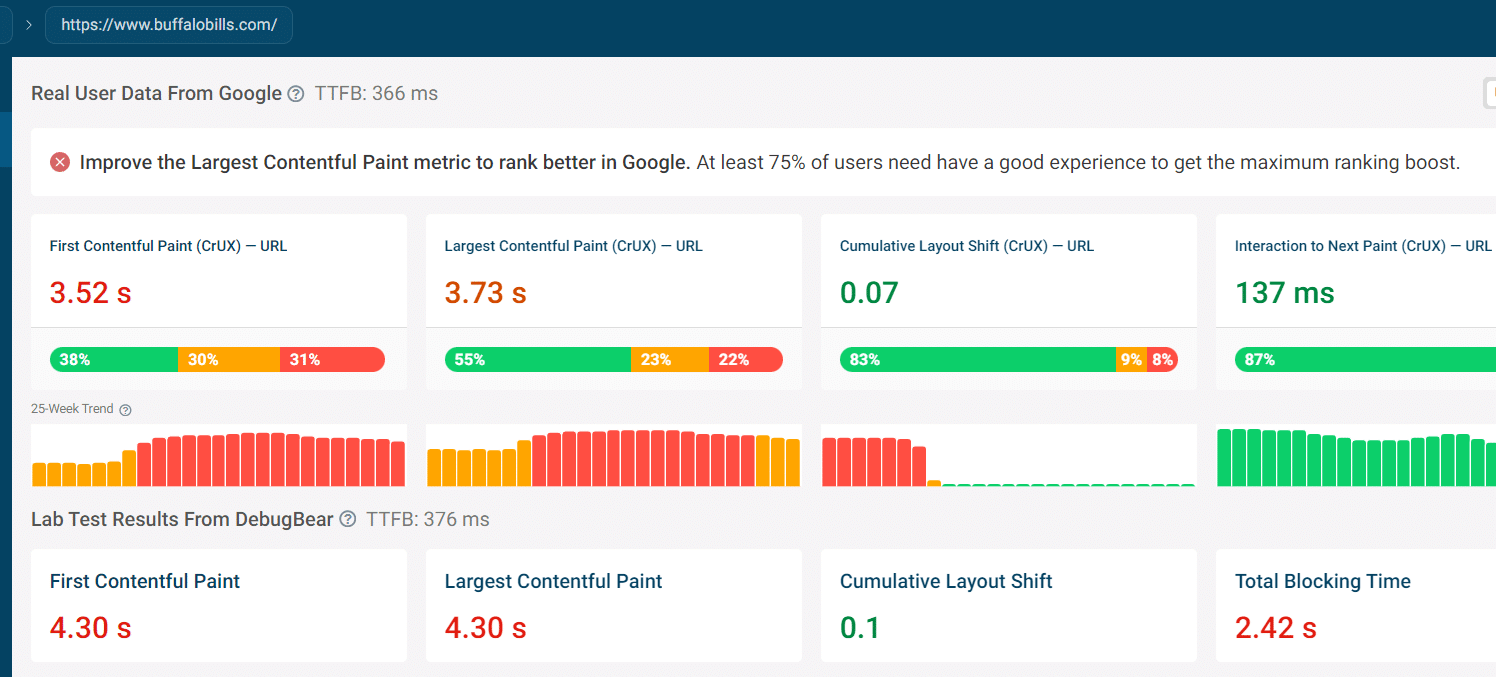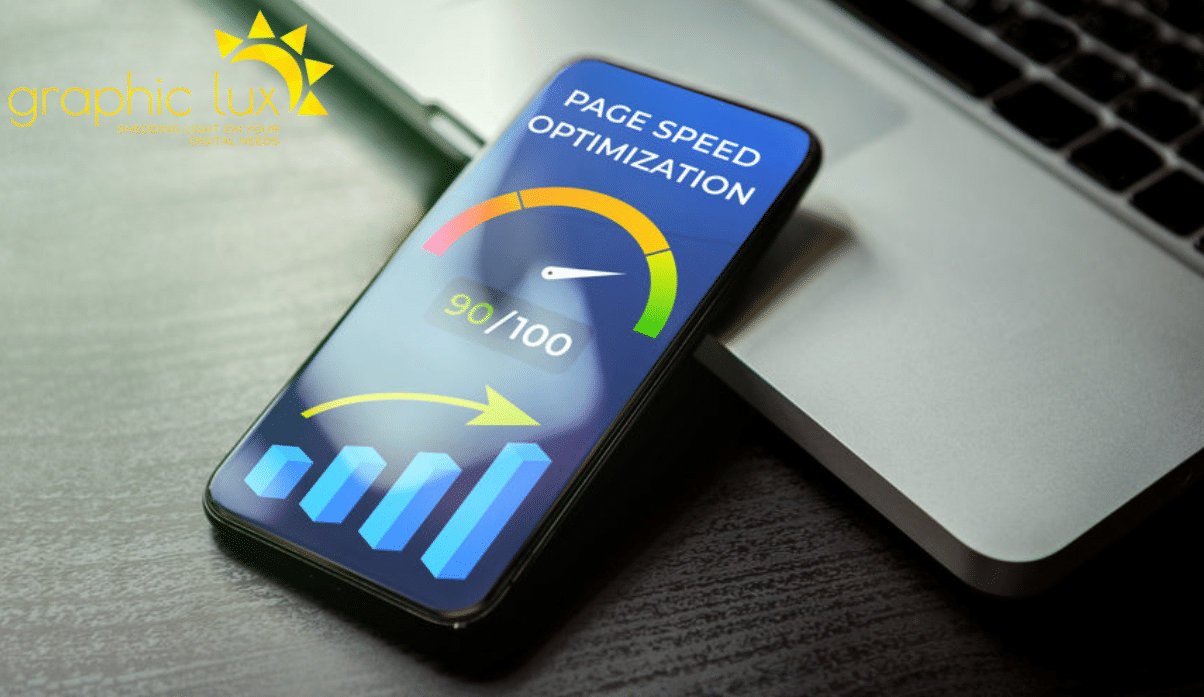In the ever-evolving world of digital marketing and web presence, businesses face the constant challenge of staying relevant and engaging to their audiences. As technology advances and consumer behaviors shift, the need for a robust, integrated, and user-friendly website becomes more critical. Recent studies, including one from HubSpot, indicate that websites optimized for performance saw an 11% increase in conversions last year, highlighting the direct impact of technical efficiency and aesthetic appeal on business success.
Within this dynamic landscape, WordPress and WordPress Consultation Services have emerged as a cornerstone for building adaptable and powerful websites, a platform where Graphic Lux has carved out its niche as a leader in WordPress consultation services and website development.
Strategic Enhancement through WordPress Consultation Services
The integration of WordPress as a foundational platform for web development offers businesses the tools to create tailored experiences that drive user engagement and conversion. Graphic Lux leverages this versatile platform to provide comprehensive solutions that encompass site planning, strategy development, and aesthetic enhancement tailored specifically to each client’s business objectives. This bespoke approach ensures that all elements of the website—from the underlying architecture to the user interface—work in concert to meet strategic goals.
Expertise in WordPress allows Graphic Lux to offer continuous support and updates, ensuring that client sites not only start strong but also continue to evolve with changing internet standards and trends. Such ongoing enhancements are critical as they keep the content fresh, relevant, and engaging, which is essential for maintaining user interest and improving conversion rates. This is complemented by the firm’s ability to link strategic enhancements to business growth, which is well-documented in various industry analyses that underscore the importance of frequent, effective website updates. What are the specific advantages?
1. Navigating Complexities in Website Migration
One of the more technical aspects of Graphic Lux’s WordPress consultation services involves simplifying the process of website migration. Migrations, when mismanaged, can lead to significant disruptions in business operations and digital marketing effectiveness. The team at Graphic Lux specializes in ensuring that transitions to new hosts or platforms are seamless, maintaining all critical integrations and preventing any data loss.
The process includes thorough planning around URL mapping, setting up 301 redirects, and transferring content in a way that preserves the integrity of the site’s SEO—a vital aspect of maintaining online visibility. Luckily, SEMRush maintains a complete checklist for website migration to help walk you through what can be a difficult process.
2. Customization and Flexibility with Child Themes
The use of child themes is another area where Graphic Lux adds significant value. Child themes allow for customization of a site’s design and functionality without affecting the core programming of the original WordPress theme. This approach provides a safe environment for updates and changes, ensuring that customizations are not lost when the main theme is updated. By creating and modifying child themes, Graphic Lux ensures that each business’s site reflects its unique brand identity while retaining the flexibility to evolve as new updates are released.
3. Empowering E-commerce Through Expert Integration
For businesses looking to expand or enhance their online stores, Graphic Lux provides expert e-commerce solutions through WordPress’s WooCommerce integration. This powerful tool offers businesses a lower barrier to entry in terms of cost and a highly customizable platform for building out their e-commerce capabilities. Graphic Lux assists businesses in leveraging WooCommerce to design and implement online stores that offer tailored shopping experiences, from specialized product configurations to unique checkout processes. This level of customization ensures that businesses can offer their customers a seamless and engaging online shopping experience that stands out in a crowded market.
4. Optimizing Performance for Enhanced User Experience
Website speed and performance are critical factors in user engagement and SEO and one of the key elements of our WordPress consulting services approach. Slow-loading sites can drive away potential customers and diminish rankings in search engine results. Here’s an example of what a speed test looks like for one local football team with which you may be familiar:
Graphic Lux addresses any issues by optimizing the website for speed through various technical strategies, including caching solutions, image optimization, the use of content delivery networks (CDNs), and database optimization. Each of these enhancements are crucial for businesses that aim to improve their user experience and maintain high visibility in search results. But don’t just take our word for it. Check out our work in action and learn how our strategy combines the best of all worlds and enable continuous improvement.
5. Driving SEO Success
Beyond the technical aspects of web development and maintenance, Graphic Lux offers specialized services in search engine optimization (SEO). The company conducts thorough audits of clients’ existing SEO setups and implements tailored strategies that align with the latest search engine algorithms. This proactive approach ensures that businesses achieve and maintain high rankings in search results, leading to increased visibility and organic traffic—an essential component of digital marketing success. Still have questions? We developed a guide to walk users through unlocking the full potential of SEO.
Final Thoughts: The Graphic Lux Advantage
Choosing Graphic Lux for WordPress consultation services means partnering with a firm that brings a holistic approach to web development. Each project is treated as a unique opportunity to enhance a business’s digital footprint through strategic planning, technical expertise, and continuous improvement. The results speak for themselves: optimized websites that engage users, drive conversions, and sustain growth over time.
Businesses looking to leverage the full potential of their online presence are encouraged to view the successes of past clients featured in the Graphic Lux testimonials.
For those ready to transform their digital strategies, contact Graphic Lux today to schedule a consultation and begin the journey toward enhanced digital performance and business.



